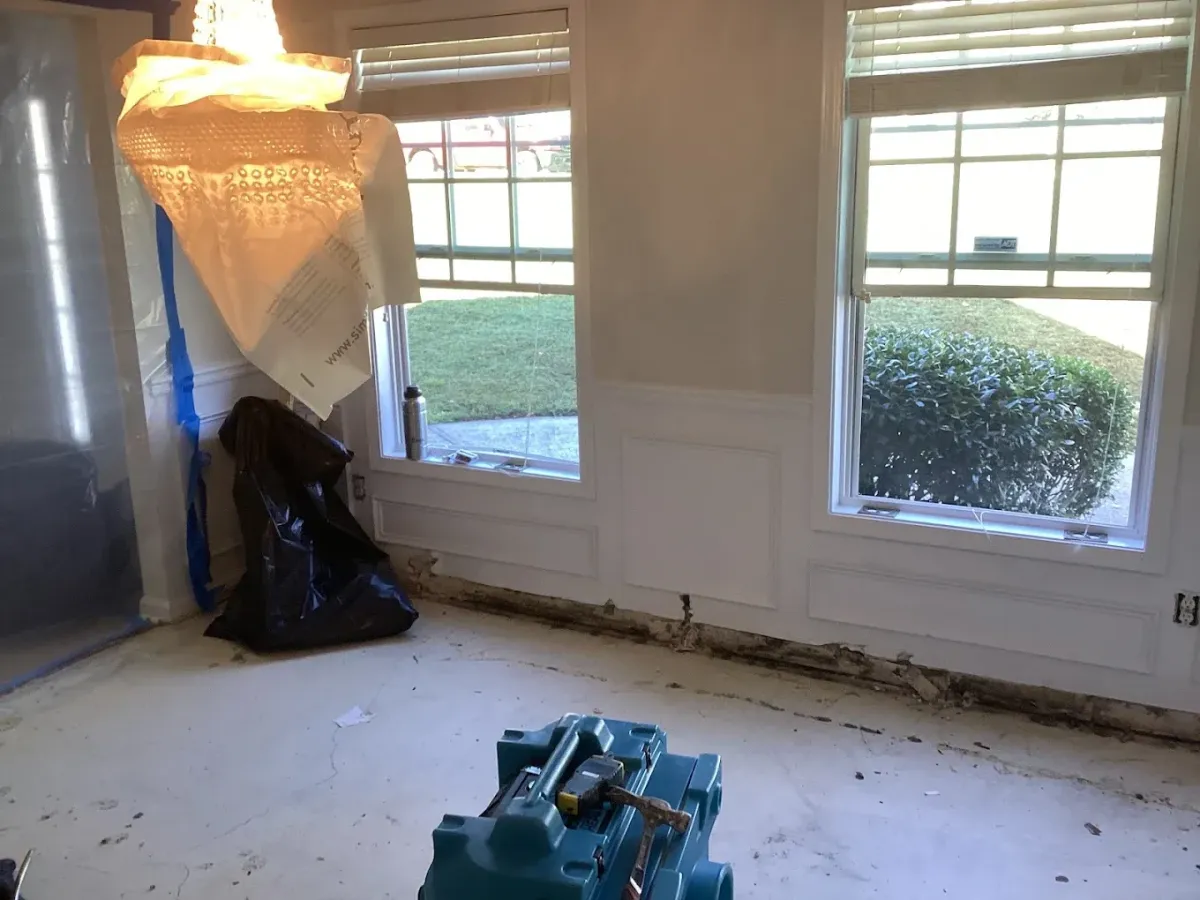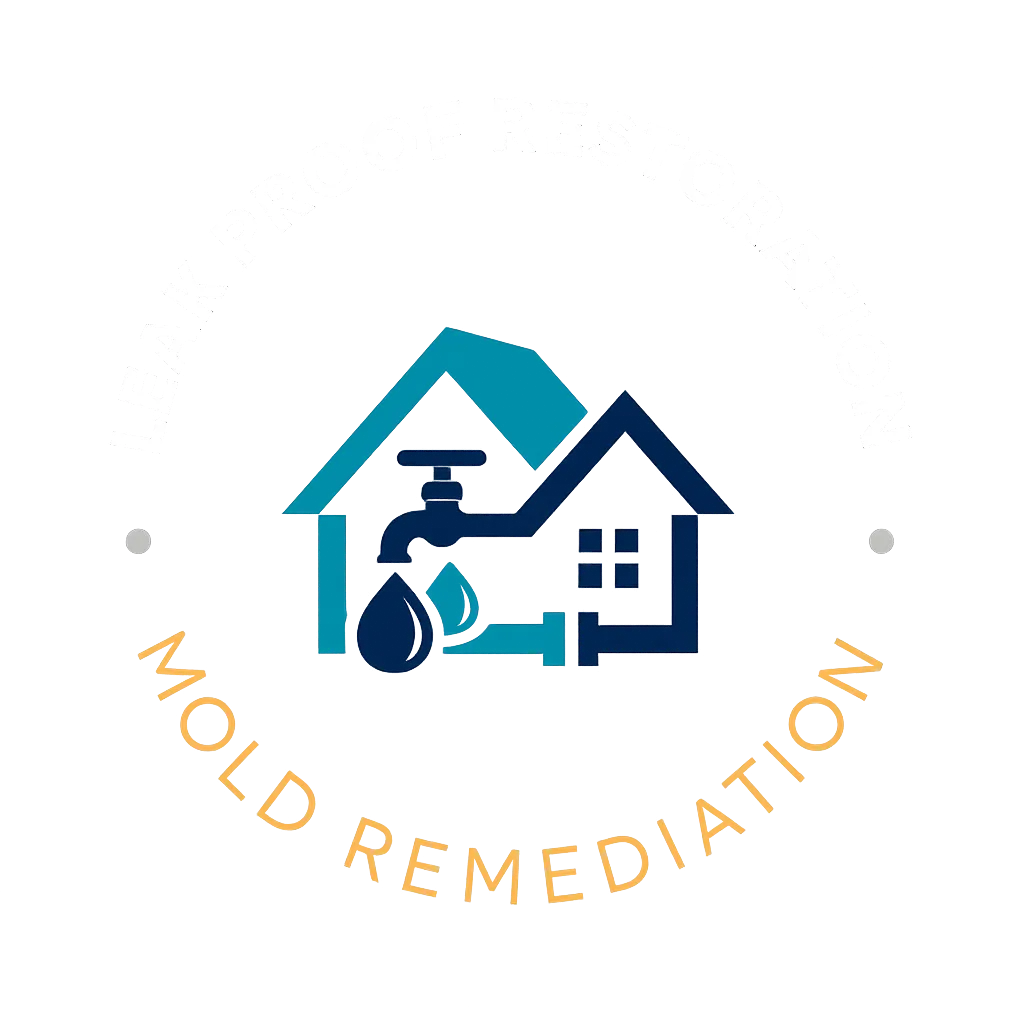
How to Remove Smoke Odor from Your Home After a Fire | Leak Proof Restoration
How to Remove Smoke Odor from Your Home After a Fire
When a fire occurs in your home, even a small one, the aftermath often lingers far longer than the flames themselves. One of the most stubborn problems homeowners face after a fire is the persistent smell of smoke. The odor can seep into walls, furniture, fabrics, and even air ducts, making your home feel unpleasant and unsafe. This guide explains step by step how to remove smoke odor from your home effectively and restore a clean, breathable environment.
Step 1: Assess the Extent of the Smoke Damage
The first step in any smoke odor removal process is understanding how deeply the smoke has penetrated your home. Smoke travels through the air and clings to porous materials. It can reach places you might not think about, such as behind walls, inside insulation, and inside your HVAC system.
Perform a walkthrough of your property and note areas where the smell is strongest. Common hotspots include curtains, upholstery, carpets, ceilings, and vents. This assessment helps you decide which areas you can clean yourself and which may require professional restoration.
Step 2: Ventilate the Entire Space
Before cleaning, it’s essential to air out your home thoroughly. Open all windows and doors to allow fresh air to circulate. Use fans to create cross-ventilation, which helps push out stale, smoky air and draw in clean air.
If possible, use an air purifier with a HEPA filter. These filters can trap fine particles and odor molecules floating in the air. Let your HVAC system run on a fresh air setting for several hours to help move air through the system.
Step 3: Deep Clean Hard Surfaces
Smoke residue, known as soot, can leave a greasy film on walls, ceilings, and furniture. Begin by wiping down all hard surfaces using a cleaning solution made of warm water, white vinegar, and a few drops of dish soap.
Mix one cup of white vinegar per gallon of warm water.
Use a microfiber cloth or sponge to wipe down walls, ceilings, and wood furniture.
Rinse and repeat as needed until the smell starts to fade.
Avoid using ammonia-based or abrasive cleaners, as they can damage paint and finishes.
Step 4: Clean or Replace HVAC Filters
Your HVAC system can quickly circulate smoke particles throughout your home if not addressed. Replace all air filters immediately after a fire and clean air vents thoroughly.
Turn off the system before cleaning.
Use a vacuum with a brush attachment to remove soot and dust from vents.
Wipe the grates with a damp cloth dipped in vinegar solution.
If the odor persists when the system runs, contact a professional to inspect and clean the air ducts. Lingering particles inside ductwork can reintroduce the smell into your home.
Step 5: Wash or Dry Clean All Fabrics
Smoke molecules cling tightly to fabric fibers, making curtains, bedding, clothing, and upholstered furniture major odor sources.
Machine wash washable fabrics using a cup of white vinegar added to the rinse cycle.
For non-washable fabrics, take them to a professional dry cleaner experienced in smoke damage restoration.
Upholstery can be cleaned using a fabric-safe odor-neutralizing spray or a steam cleaner.
If certain fabrics still smell after cleaning, it may be necessary to replace them to fully remove the odor.
Step 6: Clean Carpets and Rugs
Carpets absorb smoke and soot easily. Vacuum thoroughly using a HEPA vacuum to capture small particles, then deep clean using a carpet cleaner with an odor-neutralizing solution.
Mix equal parts vinegar and warm water for a natural deodorizing solution.
For persistent odors, use a commercial carpet cleaner designed for smoke removal.
Allow the carpet to dry completely before placing furniture back.
If the odor remains even after cleaning, the padding beneath may be contaminated and should be replaced.
Step 7: Use Odor Absorbers and Deodorizers
After the major cleaning is complete, continue neutralizing remaining odors using natural or commercial odor absorbers.
Place bowls of white vinegar, activated charcoal, or baking soda in each room for several days.
Use an ozone generator or thermal fogging service if natural methods are not enough. These professional tools neutralize odor molecules at the source.
Scented candles and sprays can mask odors temporarily, but they do not remove smoke molecules from surfaces.
Step 8: Repaint and Seal Walls if Needed
In some cases, smoke residue seeps into paint and drywall, causing odors to return even after cleaning. If the smell persists after washing, repaint the affected surfaces.
Wash walls with a vinegar solution and allow them to dry completely.
Apply a stain-blocking primer designed for smoke damage.
Paint over with high-quality latex paint.
This sealing process prevents trapped odors from escaping through porous wall surfaces.
Step 9: Inspect and Replace Insulation if Necessary
Smoke and soot can penetrate attic insulation and behind-wall spaces, continuing to emit odor long after the fire is extinguished. If you notice a persistent smell even after cleaning, the insulation may need to be replaced.
Remove and discard contaminated insulation and replace it with new material once the area is completely dry and odor-free.
Step 10: Hire a Professional Restoration Company
While many steps can be handled independently, severe smoke damage often requires professional restoration. Experts use specialized equipment such as ozone machines, hydroxyl generators, and thermal foggers that reach deep into surfaces to eliminate odor at the molecular level.
Professionals can also address hidden damage, such as soot behind walls, inside air ducts, and within insulation, to ensure your home is completely restored to pre-fire conditions.
Leak Proof Restoration provides smoke and odor removal services, including full cleaning, air filtration, and restoration for homeowners affected by fire damage. Their team ensures every surface is treated safely and thoroughly, leaving your home fresh and clean again.
Final Tips for Preventing Future Smoke Odors
After your home is restored, take preventive steps to avoid smoke buildup in the future.
Avoid smoking indoors.
Regularly clean fireplace chimneys and flues.
Install proper ventilation in kitchens and laundry rooms.
Test smoke detectors regularly to ensure quick response to any future fire incidents.
Maintaining clean air and addressing small smoke sources quickly can prevent long-term damage and odor problems.
Conclusion
Removing smoke odor after a fire is one of the most challenging parts of home restoration, but with patience and the right approach, it is possible to reclaim your space. The key is to clean thoroughly, ventilate often, and seek professional help when needed. With these steps, you can eliminate smoke odor completely and restore comfort and safety to your home.
